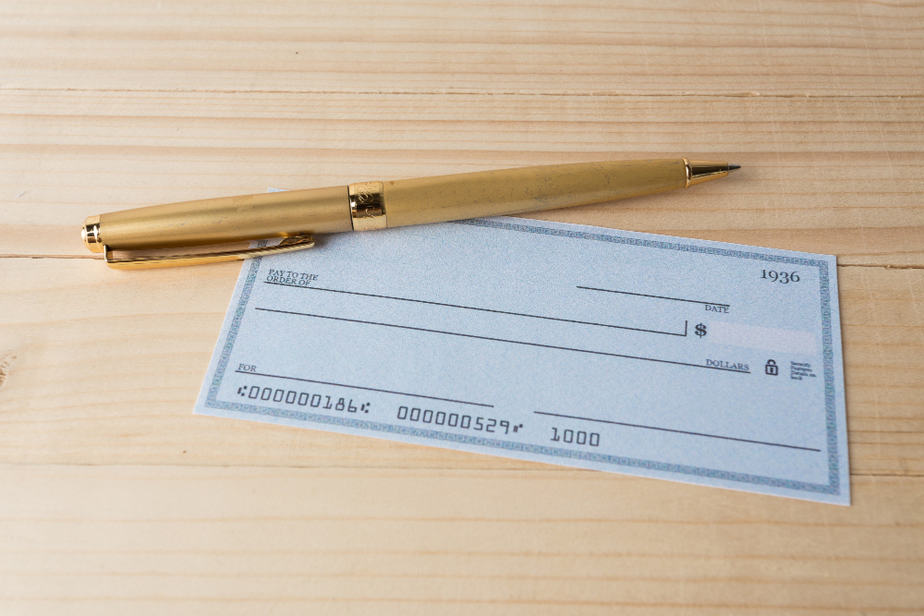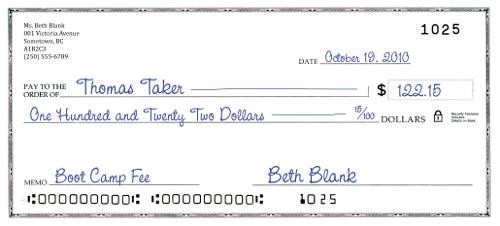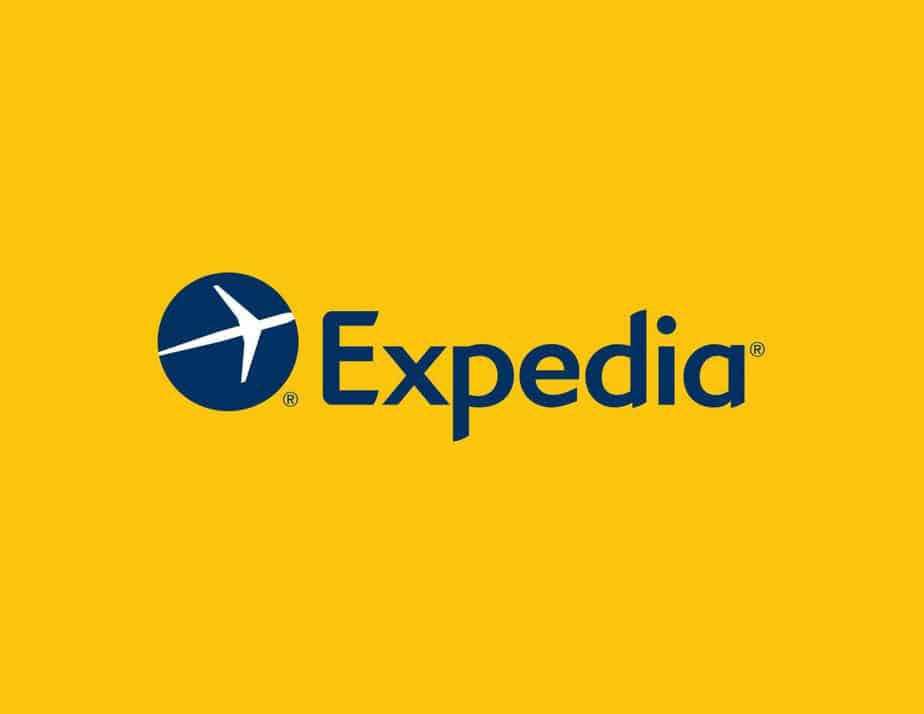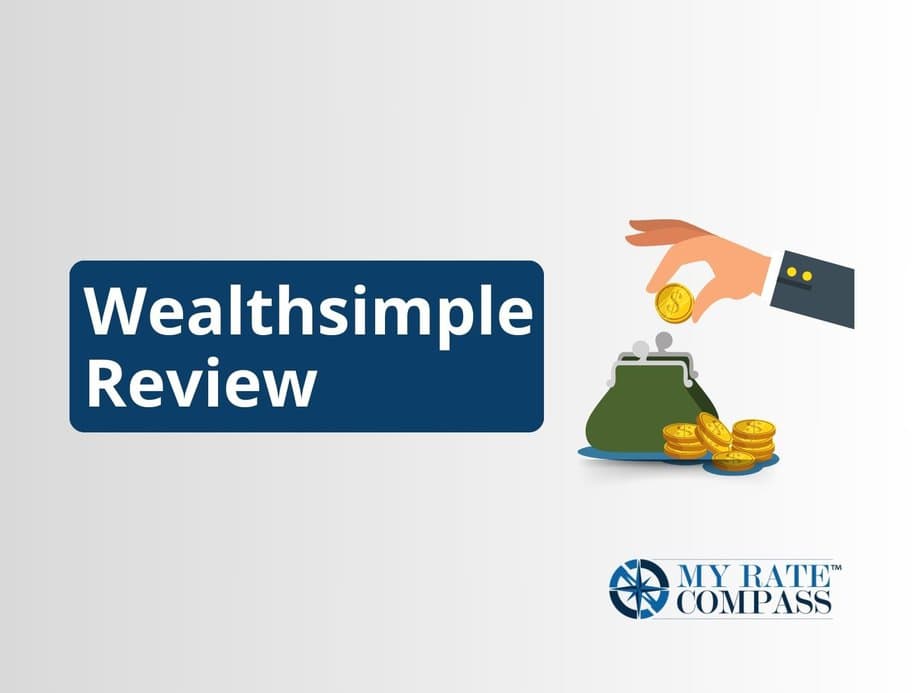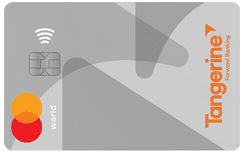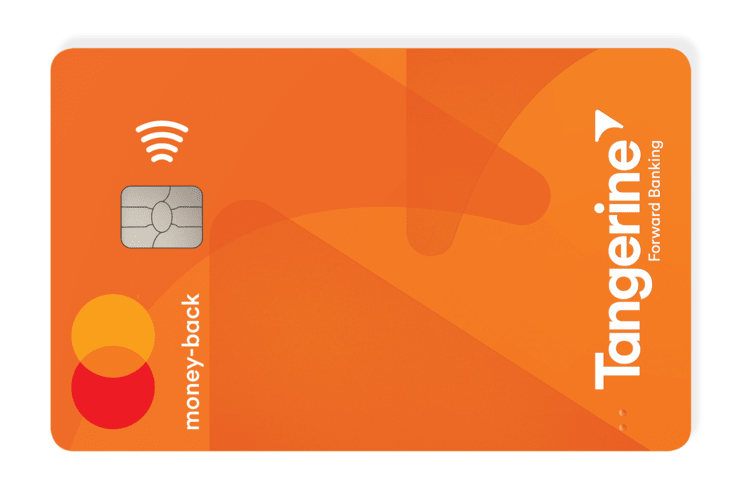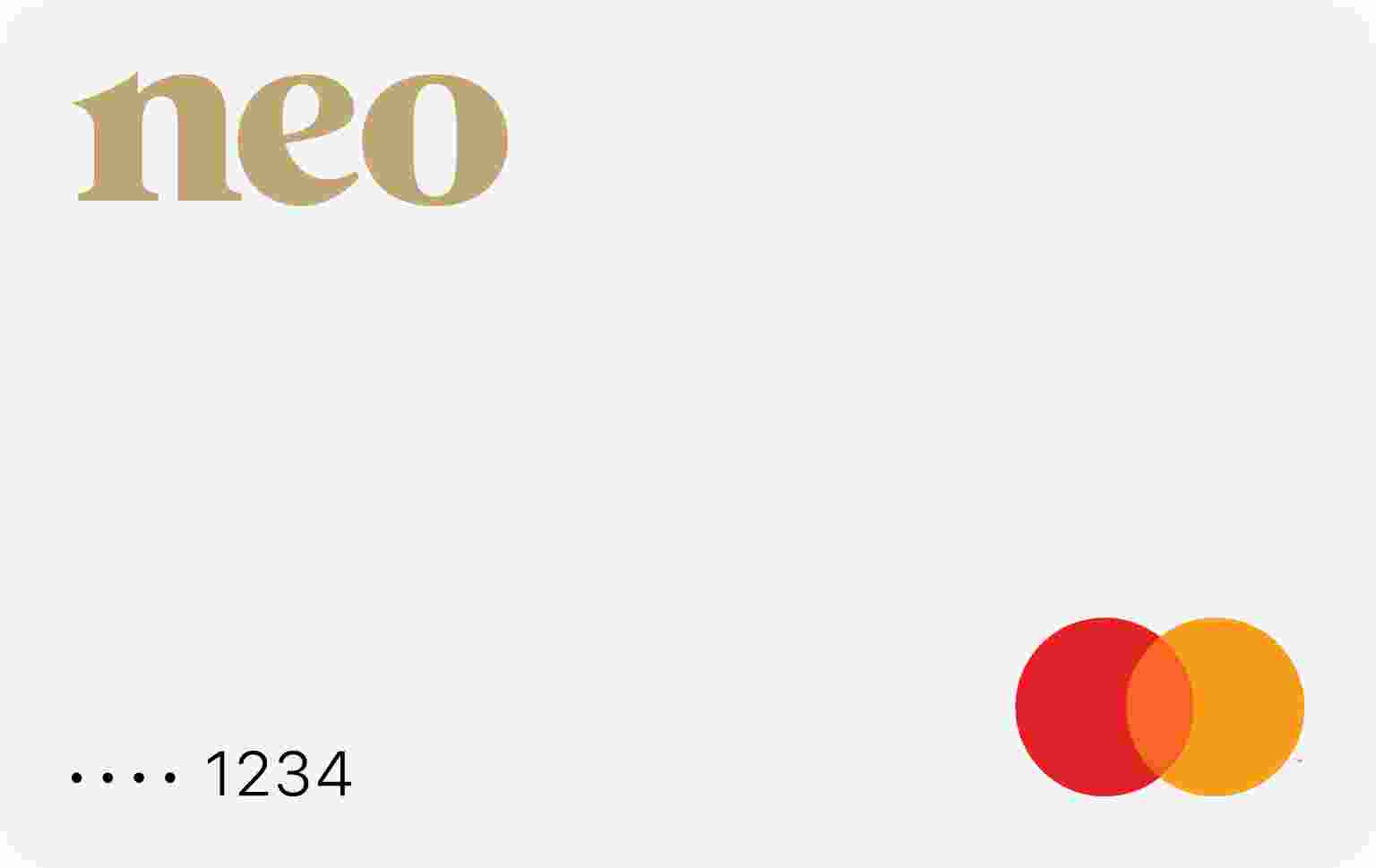A cheque is a type of legal, financial document. It is used to transfer funds from one entity to another. Cheque usage goes back to ancient Roman civilization, as many historians believe. The payment method has appeared in nearly all cultures, but the specifics vary from community to community. With that said, nearly every society has shared the basic concept of substituting a cheque for physical currency.
In 1717, the Bank of England was the first organization to issue pre-printed cheques. This technology is still used today but has evolved to the modern times. In the 1950s, cheque usage spiked because the process became automated. With machines able to sort and clear cheques, people commonly used them to pay dues and collect funds.
Fast forward to today, debit and credit cards have become the dominant form of payment in addition to other types of electronic banking. Using cheques has become less customary, but you may come across the occasional moment where you have no other choice but to pay by cheque. In our digital world, how to write a cheque has become non-routine knowledge. Fortunately, My Rate Compass has created this guide to inform you on everything you need to know about cheque payments.
What is a cheque?
A cheque is a dated, written, and signed document that instructs a financial institution to pay a specific amount of money to a payee or drawee. The individual that prepares the cheque is known as the payor or the drawer. In other parts of the world, such as the United States, the spelling is “check”. A cheque can either be cashed or deposited directly into a bank account.
Normally, funds come out of a chequing account which is coincidentally where the term came from. In the modern world of banking, funds can be transferred from a savings or other type of account too.
Understanding Cheque Numbers
Each cheque has a unique identification number known as the cheque number. This number helps track the sequence of cheques in your chequebook. It’s located at the top right corner of the cheque and is used for record-keeping purposes.
In addition to the cheque number, there are other numbers at the bottom of the cheque that provide important information. These include the transit number, institution number, and account number. The transit number identifies the specific branch of your bank, while the institution number represents your financial institution. The account number, on the other hand, identifies your specific bank account.
Benefits of using a cheque
- No physical cash. Cheques eliminate the need for using physical cash. This is advantageous because cash can easily be stolen, miscounted or lost.
- Versatile use. Even though cheques aren’t used commonly anymore, they can be used for a ton of purposes. For example, gifts, bill payments, business expenses, donations and much more.
- Stop payments. If a cheque is lost or stolen, there is an option to stop the payment. If someone tries to cash it, it won’t go through. In order to do this, you’ll need to have basic information about the cheque including the number, date and amount.
- Ideal for large amounts. Normally, cheques are used for large sums of money. They aren’t as ideal for small amounts.
Drawbacks of using a cheque
- A payee has 6 months from the date on the cheque to make the deposit. If you have insufficient funds in your account when a cheque is withdrawn, you could face additional fees.
- Blank cheques are not free, you need to purchase them. In addition, there is a cost to mail or deliver the cheque to the recipient. In 2019, the average cost per cheque in Canada was $15 to $25, including secondary costs. You might find there’s a cheaper way to pay your bills!
- Cheque fraud is reportedly the most common type of monetary fraud. In Canada, 29% of all Canadian bank fraud is by cheque.
Ordering cheques
Before you can prepare a cheque payment, you must order cheques. You can order cheques by contacting your bank. You will likely need to pay a fee for your cheque booklet, however, some banks offer the first booklet for free.
How to write a cheque
- At the top right, write the cheque date including the year, month and day.
- On the first line of the cheque where it says, “Pay to the order of”, write the payee’s name. Be sure that you write the correct name otherwise the payee may have trouble processing the cheque.
- Beside the dollar sign in the box, write the amount of the cheque including dollars and cents.
- On the second line, write the amount of the cheque in words, excluding the cents. If the amount was $803.79, you would write, “Eight hundred and three dollars.”
- At the end of the line, you will see “/100 Dollars”. This is where you put the cents. Continuing with the example above, you would put, “79” next to the “/100”. If there is space between the dollars and cents, people often draw a straight line between.
- On the third line to the left, you can write a short memo for what the cheque payment is for.
- On the final line to the bottom right, you must sign the cheque.
Below are more details on each steps:
Writing the Date
The first step in writing a cheque is to write the date on the top right corner. This is the date when the cheque is issued, and it serves as an important reference for both you and the recipient. It’s important to write the date accurately, using the correct format of day, month, and year (e.g., DD/MM/YYYY).
Adding the Payee
Next, you’ll want to indicate the payee, or the person or organization to whom the cheque is being written. Write the full name of the payee on the line that says “Pay to the order of.” If you’re unsure of the exact name or spelling, it’s always best to double-check with the recipient to ensure accuracy.
Including the Amount
Now it’s time to specify the amount of money you want to pay. There are two places where you need to include the amount: in numbers and in words. First, write the amount in numbers in the box provided, next to the dollar sign ($). Be sure to include both dollars and cents, even if the amount is zero.
After writing the amount in numbers, you’ll need to write it in words on the line below the payee’s name. This is important to avoid any confusion or discrepancies. Start by writing the dollar amount in words, followed by the word “and,” and then write the cents as a fraction. For example, if you’re writing a cheque for $100.50, you would write “One hundred and 50/100 dollars.”
Signing the Cheque
To validate the cheque, you must sign it in the bottom right corner. Your signature serves as confirmation that you authorize the payment and that the cheque is valid. It’s important to sign the cheque using a permanent blue or black ink pen to prevent any alterations or forgery.
Filling Out the Memo Section
Although it’s optional, you may want to fill out the memo section of the cheque. This section allows you to provide additional information about the purpose of the payment. For example, if you’re paying rent, you could write “Rent for July 2023” in the memo section. This can be helpful for both you and the recipient to keep track of the transaction.
Here’s an example of what a correctly completed cheque looks like:
What if you make a mistake when writing a cheque?
If you make a mistake while writing a cheque, cross out the error, make the correction and initial beside the correction. This is the formal way to correct any legal document.
Even though it is possible to correct an error on a cheque, the payee may run into issues when depositing the cheque at the bank. Many banks may consider corrections on a cheque suspicious and refuse to process it. In some cases, they might call the payor to verify the details of the cheque. For this reason, sometimes it’s better to void the cheque when you make a mistake and write a new one without errors.
What is a void cheque?
Void cheques are commonly used to communicate bank account information to a third party or to classify a cheque as no longer usable. A void cheque is a blank or completed cheque that has the word VOID written on it somewhere. When a cheque has the word VOID on it, financial institutions know not to process it. This prevents anyone from filling out or depositing the cheque.
How to void a cheque
To void a cheque, simply write “VOID” in all capital letters somewhere on the front of the cheque. Be sure that it is visible, noticeable and in permanent ink. Otherwise, someone could attempt to use it.
Keeping Your Cheques Secure
While cheques can be a convenient method of payment, it’s important to take steps to ensure their security. Here are some tips to keep your cheques safe:
- Store your blank cheques in a secure location, such as a locked drawer or safe.
- Use a pen with permanent ink to write your cheques, as pencil marks can be easily erased and altered.
- Review your bank account statements regularly to identify any unauthorized transactions.
- Shred any cancelled or unused cheques to prevent them from falling into the wrong hands.
- Avoid writing cheques payable to cash, as anyone can cash them without providing identification.
Alternatives to Cheques
While cheques still have their place, there are alternative payment methods that are often more convenient and secure. Here are some popular alternatives:
- Online payments: Use online banking platforms or payment apps to transfer funds electronically.
- Credit cards: Make payments using your credit card, which offers convenience and additional benefits.
- Interac e-Transfer: Send money securely using email or mobile phone numbers.
- Direct deposits: Set up automatic transfers from one bank account to another.
- Mobile payment apps: Use apps like Apple Pay or Google Pay to make contactless payments.
Frequently asked questions
How to write a cheque with cents?
If the amount you’re paying via cheque includes cents, there are two steps you need to take. First, in the box with the dollar sign, write the numerical amount of the cheque including the cents. For example, you would write: 803.79.
Second, you need to write the non-numerical words of the cheque amount excluding the cents on the second line. For example, you would write: Eight hundred and three. At the end of the second line, you should see “/100”. This is where you put the cents. It should read, “79/100” with our ongoing example. Finally, if there is space between the words and the cents on the second line, draw a line to fill the space.
How to write a cheque TD?
With the Toronto Dominion (TD) bank, you will need to order cheques before you can start writing them. Similarly, to all of the big banks in Canada, TD has custom cheques for their customers. Once you receive your booklet, prepare the cheque as you would for any other cheque.
How to write a post dated cheque?
A post dated cheque is a cheque that is dated in the future. Individuals may choose to post date a cheque because they are sending it prematurely or because it’s for an obligation that will arise in the future. The recipient won’t be able to make a deposit until the date of the cheque is reached in time. To post date a cheque, simply date it in the future.
For example, if today is March 1st and you owe funds on April 1, date the cheque April 1. The payee won’t be able to deposit the cheque until April 1 or later.
Find the Latest Business and Financial News
Our section is dedicated to bringing you the industry’s most up-to-date and relevant Canadian and international news.

